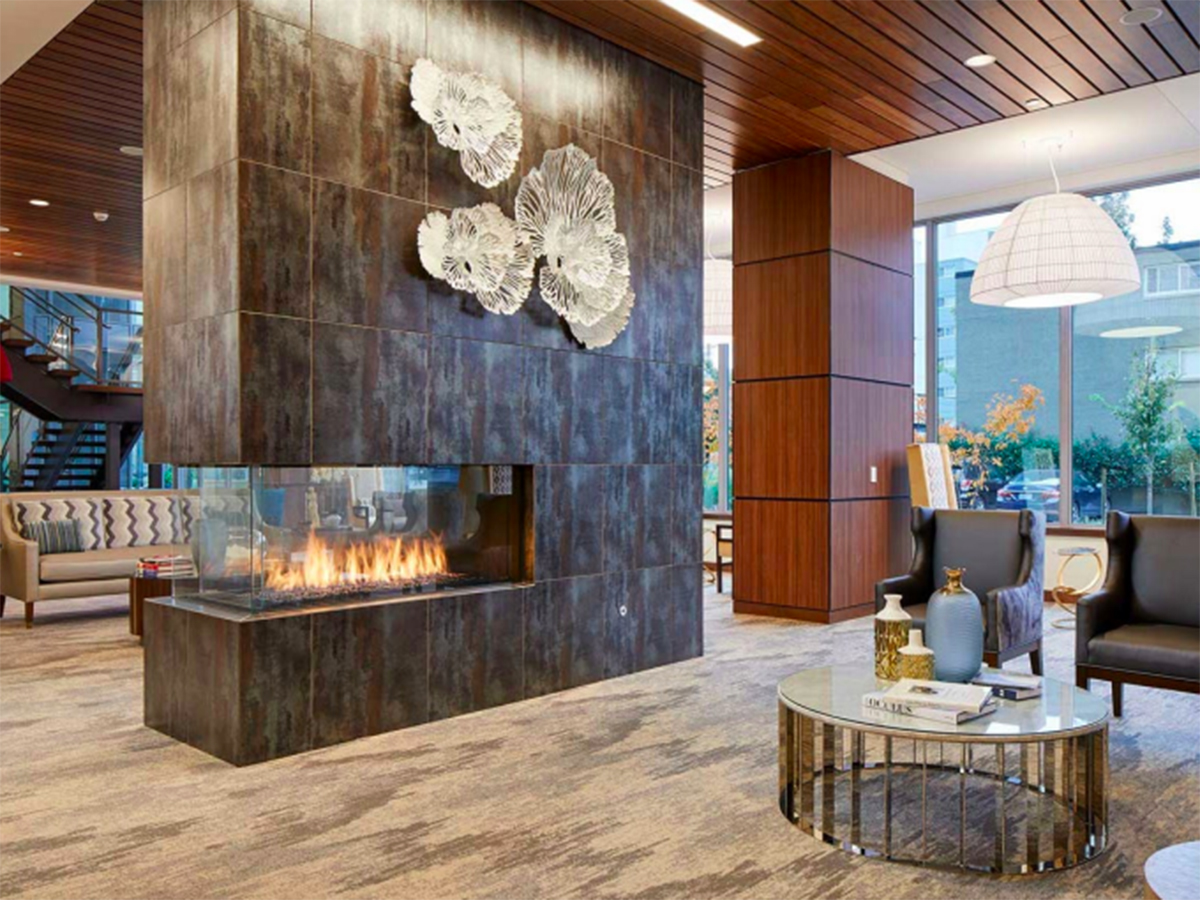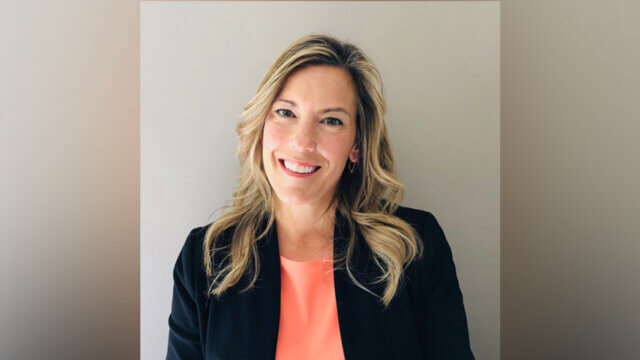For the Ageless Living Collaborative (ALC), beautiful design can be found in any space, and, at any age. ALC’s mission is to continue to deliver relevant content to the senior living community and improve the lives of seniors through design.
Led by industry professionals and Co-Founders Phoebe Stein and David Ashen, ALC’s mission is to offer solutions for seniors across all economic demographics, all through the lens of design, psychology, culture and communications.
“Senior living doesn’t mean nursing…think about active, engaged, vibrant communities of people who just happen to have more age on them,” Stein told InspireDesign. “It includes some requirements that make them more comfortable at that point in their lives but because they are senior does not mean they are not interested. The things they were interested in a decade earlier they are interested in now. Designing for a senior community is really not that much different from designing for any other great residential community.”
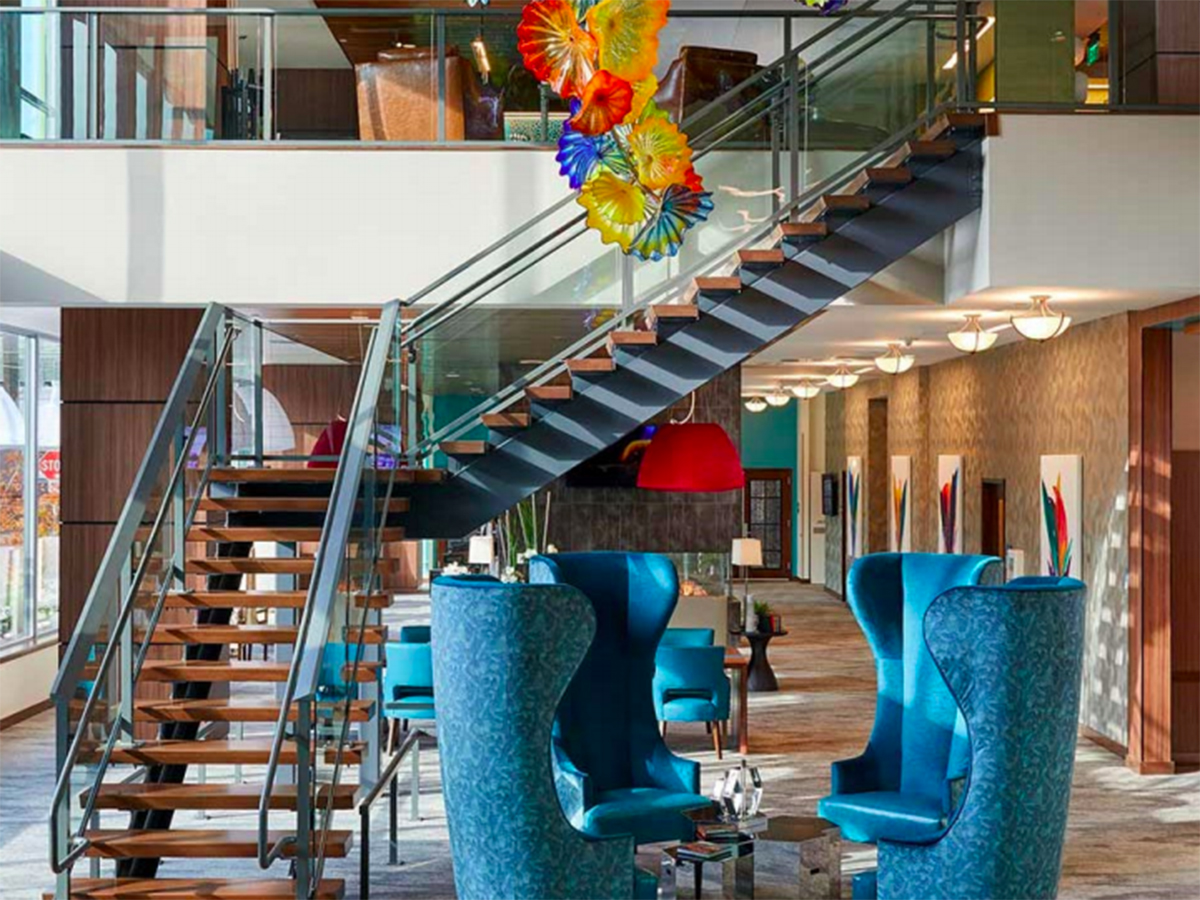
There’s a lot of crossover between hospitality and senior living design, and oftentimes, designers find themselves drawn to both. For Ashen, the founder of interior design and branding firm, dash design, the switch from hospitality to senior living design was a natural one.
“I had an epiphany a few years ago…I was in a Phoenix visiting with a friend of mine to stop by her mother’s retirement community which was developed by Ritz-Carlton years ago. I walked in there and thought that it looked like senior living is where the hotel business was about 30 years ago where if you went into a luxury property, they all looked alike,” Ashen recalled.
“There was no such thing as lifestyle, there was no diversity and there’s a whole group of boomers that are coming up,” he added. “People don’t want the same cookie-cutter approach to where they live. In senior living, there’s an opportunity to really create diversity and build off of what we learned in doing lifestyle hotels and apply that to the development of independent living, assisted living, memory care and allow for choice, which I really think is going to be a part of the growth and demand.”
According to Ashen, there’s very little awareness about senior living design. Having learned a lot of the business himself, he said that it’s not part of a typical design university curriculum taught to the next generation of designers. Both Ashen and Stein are on a mission to change that.
“There’s education that needs to take place. All hospitality designers shouldn’t just run into senior living; they have to do the exploratory work, they have to learn the differences because there are vast differences. Everything from specifying something to actually designing and criteria that must be met. There’s a very real, tangible opportunity,” Stein said.
ALC developed a webinar series in July 2020 with eight in the books so far, ranging from topics like senior living 101, to information about isolation, all geared toward hospitality colleagues. ALC plans to kick off this year with a webinar on affordable housing, set to take place on Jan. 27.
“David and I really wanted to expand the ageless living collaborative to be as inclusive as possible and to deliver as much benefit as we can,” Stein said, adding that they also developed a scholarship initiative in collaboration with NEWH to provide funds for designers interested in pursuing senior living design.
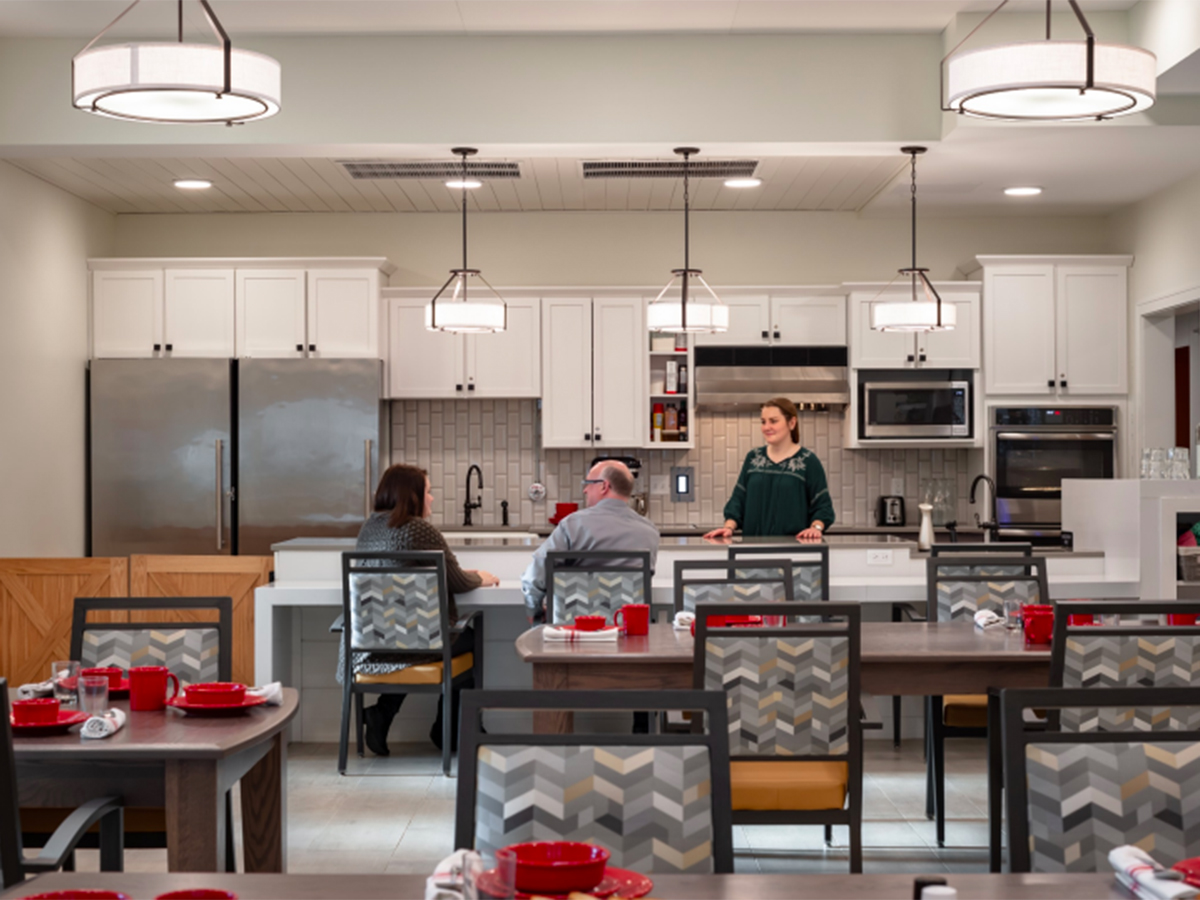
“When we first started, I had a couple of designers come out and say ‘I don’t want to do that,’” Ashen said, noting that even established designers are hesitant about exploring this area, but that this is starting to shift. “Once they see the work that was coming through, they said, ‘oh this looks interesting.’ I think there’s a lot of missed perceptions of what this is about. It really takes passion to be honest, the financial structure is different than it is in hospitality. If you’re looking at it to make a killing that’s not really what it’s about, you’re looking to improve the quality of life for people and you have a passion for that and great design and you want to combine those.”
Although passion and creativity can be found in both industries, there are some significant differences between the two.
“I moderated a number of panels over the years with senior living designers and they were at predominately hospitality venues and it was remarkable how many people wanted to make that entrance into senior living or at least had an interest in it,” Stein said. “We need people to understand that the number one difference is that when you’re designing hotels, it’s more of an experiential situation when you’re designing for senior living, these are people’s homes. They want their homes beautiful. That’s kind of a cross between experiential and residential. You want this to be gorgeous but people still need to be comfortable.”
Ashen said that senior living is experiential but in a different way than hospitality, explaining that senior living design winks at locale and culture, while a hotel may express a much stronger sense of place.
“It’s like walking into someone’s apartment who lives in New York City versus going to a New York City hotel. There’s a certain taste level that’s very New York, but I wouldn’t have a mural of the Empire State Building behind my desk. I have a certain level of taste that reflects where I live,” Ashen said.
He continued, “You need to dig into the aesthetics of that area. Bring forth the taste level of that neighborhood but not like someone coming to the area for the first time and just visiting. It’s subtle. It’s home on a much larger scale but you’re trying to pull through some commonalities that bring a level of taste that reflect that community.”
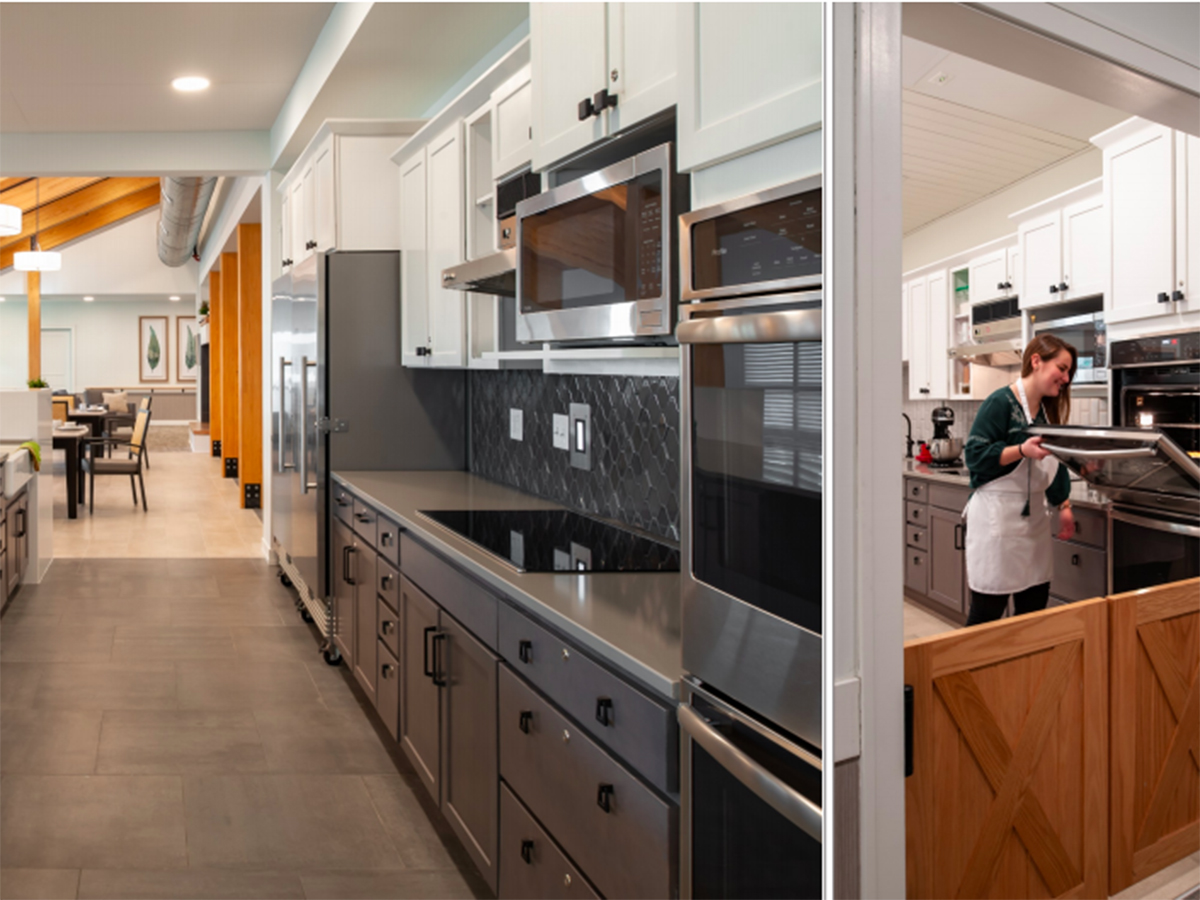
There are also some operational considerations with senior living design as there are with hospitality. “The difference is that the aesthetics don’t carry over in some of these higher-end senior living brands but you have to pay attention to the operational side and work with the operator and make sure that there are certain branded experiences that carry through their communities,” Ashen said. “That’s where there are some similarities, things to keep consistent like ‘branded experiences.’ That’s where understanding the nuances from the hotel side is helpful.”
In addition to ALC’s webinar series and scholarship initiative, the co-founders expressed interest in developing a mentorship program to add another layer of education and assistance for upcoming designers.
A lot of the education now will surround designing for new COVID-related needs while also keeping seniors comfortable and surrounded by welcoming people, a need that extends to all age groups.
“I think the biggest impact [COVID has had] is on the isolation it has caused on the people who live in these communities and the disconnection from family and friends,” Ashen said. “There’s been a lot of talk about how to you modify communities if this occurs again how do you counter that. People are limited to outdoor visits but that doesn’t work in the cold. The amount of isolation psychologically has been impactful. We need to allow for more opportunity in the case of this does happen again.”
